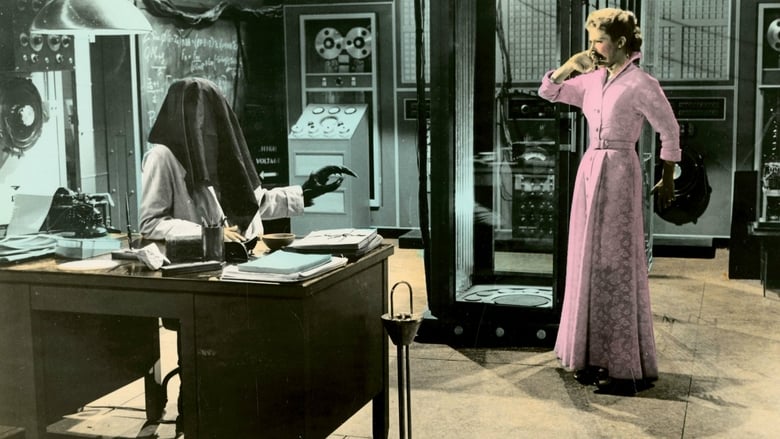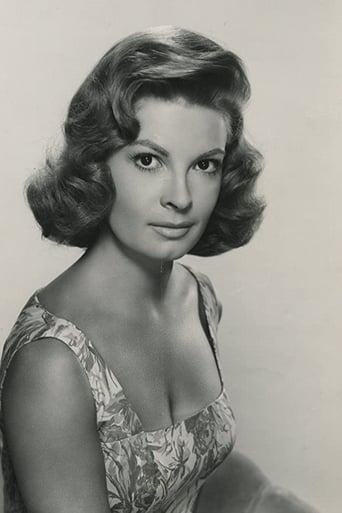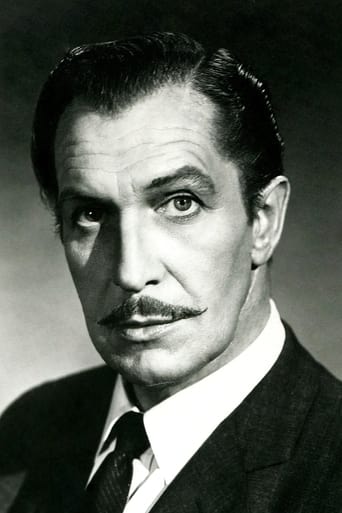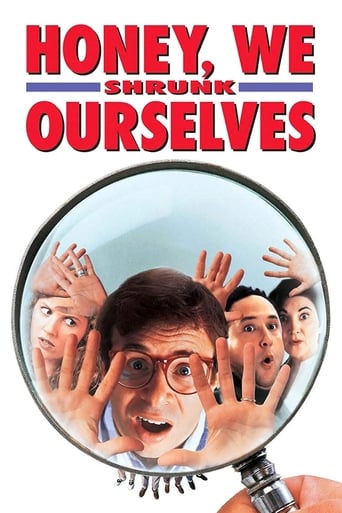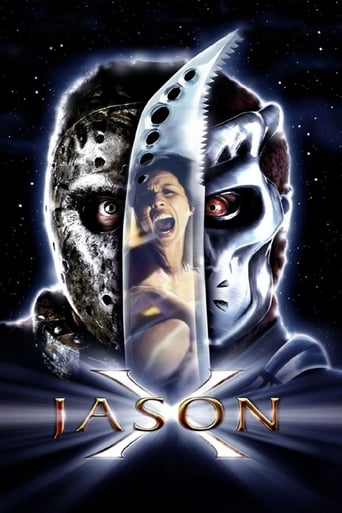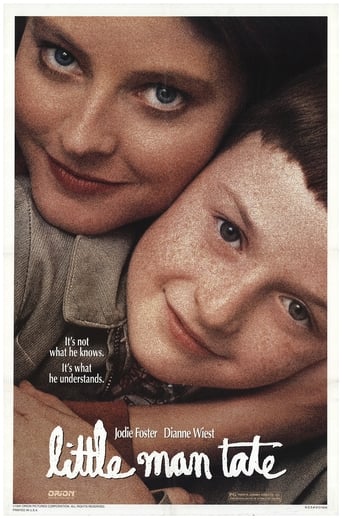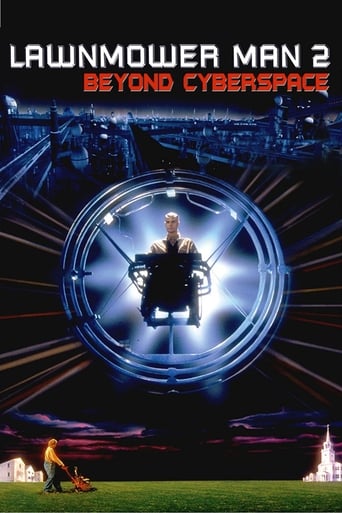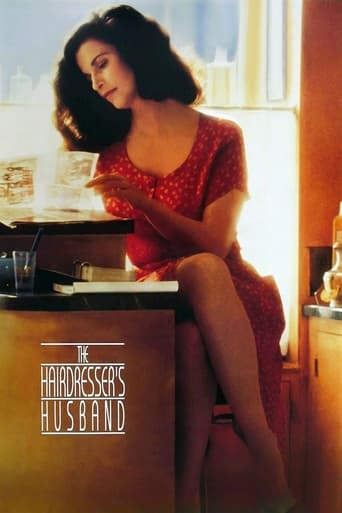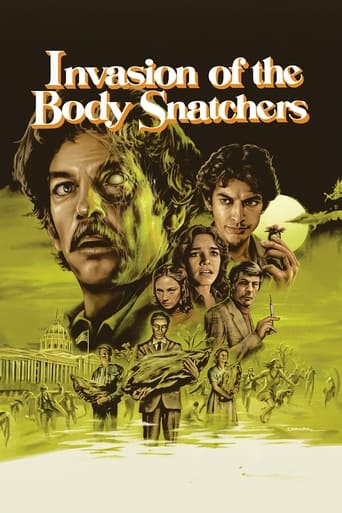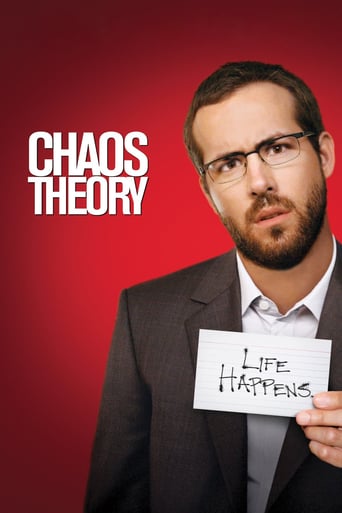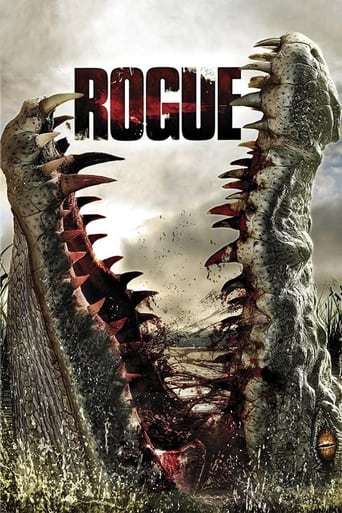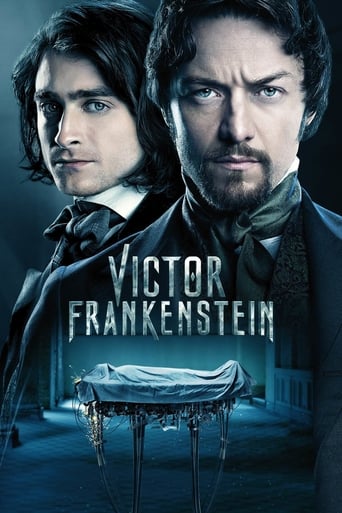The Fly (1958)
Industrialist François Delambre is called late at night by his sister-in-law, Helene Delambre, who tells him that she has just killed her husband, André. Reluctant at first, she eventually explains to the police that André invented a matter transportation apparatus and, while experimenting on himself, a fly entered the chamber during the matter transference.
Watch Trailer
Cast


Similar titles
Reviews
The colours don't look quite right, a slight red cast and oversaturated. Otherwise fine. There was a cool sounding bit with a cat. I won't spoil it. Mostly standard procedure otherwise. This is very different to the remake. In some ways more interesting and in some ways worse. The acting is wooden and far less inspired. It is less visceral and more thoughtful. Much better than I was expecting.
The smart get smarter and the dumb get dumber. For the last 30 years, artists have ceased to be the heralds of culture. Where once Jack Kerouac, Elvis Presley and James Dean changed the way people acted and thought, now the Steve Jobs-types and the Mark Zuckerbergs of the world hold the influence. Instead of lines stretching across the street for the latest Beatles album, they're for the newest IPhone. In an increasingly tech-heavy world, one might come to the conclusion that we're more sophisticated than generations past. Steve Jobs certainly was, maybe even Zuckerberg, whose inventions didn't come out of mere computer know-how, but rather imagination and creativity: the same things fueling cultural change in the past. The only difference, however, is that the IPhone or Facebook are not intellectually or emotionally stimulating things; they don't force one to see the world through another's eyes, or expand their knowledge, as a book, film or album would--the good ones, at least. In other words, there's no intellectual trickle-down. Therefore, the smartest people in the world get smarter--creating new devices, websites, apps--and as a result, the dumb people get dumber.Seeing as how "The Fly" is a modern retelling of "Frankenstein," and thus ruminates on the double-edged sword of science, I found this particular review an apt catalyst for a small dose of my mad ranting on technology. I apologize."The Fly" stars Patricia Owens as the wife of a mad scientist (David Hedison). As often happens with scientists of the mad variety, an experiment goes horribly wrong, resulting in the hideous splicing of atoms between the scientist and a fly.The ambassador of horror himself, Vincent Price, plays the brother of the scientist, but is essentially the embodiment of the audience, expressing our groans and shock.On the surface, this sounds like any other B-monster movie from the '50s, meant to horrify dimwitted teenagers with hollow thrills and grotesque imagery--we've come so far. On the contrary, the film deals with the growing cultural reliance on technology and the mad race to push science as far as possible, albeit coercively. The ideas behind the scares wouldn't mean much if the scares weren't scary, but they are. Watching the film through modern eyes, I can't help but feel like I've seen this before--The Twilight Zone, Star Trek, etc.--but even a strained concept can continue to affect if done well enough, as it is here. Maybe it's my illogical fear of spiders, but there's one specific scene that will take my head some time to shake. And while this is totally meaningless, I adored the design of the laboratory, with all the swirly, neon lights and spinning doohickeys. While "The Fly" isn't the scariest or smartest sci-fi horror film, its message holds up, and will continue to for some time. Beyond that, at a pure sensory level, the movie is tense and occasionally frightening, but more fun than anything. For those of us who like spinning doohickeys.
This is one of those movies that most any fan of the horror genre has some acquaintance with, even if they have never seen the movie. The final shot in this movie is so legendary that it has been shown repeatedly in horror movie countdowns and anthologies and imitated in pop culture. As time travels on, though, and the younger generations get further removed from this decade, I find that a lot of my horror fan brethren have never seen the original, other than that final shot, or are much more familiar with Cronenberg's remake (which is also excellent), but this is shame because this movie is a gem that needs to be seen and appreciated.The movie starts off at the finale, with our "hero" being killed by his wife. The police start investigating what could cause this housewife to snap and murder her husband and, so, the majority of the movie plays in flashback as the events leading up to this death are revealed. This opening kill scene is very notable for the amount of bright red blood that is poured all over the press in which our hero dies. The film is a contemporary of the beginning of Hammer horror and much like those movies would have shocked audiences at the time. Horror films were just starting to be created in color, really, and no one showed this amount of blood. Yes, it seems tame compared to what we see on crime TV nowadays, but it was an important step in horror evolution to show gore like this.It seems our scientist hero has developed a way to teleport matter. One of the things that stands out so much is how likable that scientist is in this movie. Most of the mad scientists in horror history were unstable, or just plain maniacal, but David Hedison, as our hero, is "nice guy" who may not spend as much time with his family as he should, but it's clear he's devoted to them. His wife is, for most intents, the "main character" of the movie and it is through her eyes that the viewer sees the events unfold. Patricia Owens plays this character with a great amount of talent. She is loving and devoted when needed, but plays concerned, to stressed out and finally a woman on the verge of collapse, until she must carry out her husband's final wishes, leading to another shade of emotion where we get to see her emotional detachment (which may or may not be a ploy). The other great actor in this movie is, of course, Vincent Price. He plays the scientist's brother, secretly in love with his sister- in-law, but a man who loves his family. It's a refreshing role for Price as he does not play the hammy villain in this one, but rather the "straight man" trying to put together the pieces of the scientific mystery.Back to our experiments, which are bound to go wrong. Surely any fan of pop culture knows the twist, in which our hero's particles are mixed with those of a house fly, causing a monstrous mutation. At first, we see only the scientist shrouded in hood to keep his secret hidden, but slowly the director reveals more of the mutation, until a stunning reveal shot, complete with "fly's eye" camera shot. I can't imagine to know what this shot would have been to a 50s audience, but it still stands up today and is one of the best moments in the film. From here, the movie revolves around finding the fly that caused this mess so they can attempt to undo the accident, until we finally get to the tragedy that begins the movie. This movie should never lose its' place in history and should be required viewing for anyone claiming to be a student of horror history. It earned its' p;ace in the horror pantheon.
Although it now looks inevitably outdated, this film is one of the best examples of the fantastic and sci-fi genre made in Hollywood in the second half of the 1950s - Them!, The Body Snatchers, The Incredible Shrinking Man, etc. Unlike the others, this one was shot in colour and also in Cinemascope, and it has two well- known names in the cast. Vincent Price, the most European of all American actors, had not established yet his status as an icon of the horror and fantastic genre –the Roger Corman films would help him to achieve that-, and Herbert Marshall, although never a leading star, he certainly was one of the most recognisable and solid supporting actors of the studio era. The Fly is about a scientific experiment going wrong. And when atomic energy is involved, one can be sure that the result is not only going to be disastrous but also gruesome. We have seen the tele-transportation process hundreds of times in Star Trek, and because of that we take it almost for granted even if we know it is sheer fantasy. But, who knows if it won't be a possibility in two or three hundred years from now? As André says to his wife Helene "If fifty years ago someone had explained to my father the concept of television, he would have laughed his head off" It is an interesting idea and by no means ridiculous. André succeeds tele-transporting a saucer and a newspaper, and all seems to be under control. Full of confidence, he then tries with the family cat, and it is there when things go awry. The poor animal disintegrates all right, but then it doesn't materialise again as expected. His atoms go lost forever in the limbo of infinity. Andre should take this as a warning and stop playing Dr Frankenstein, but he is too obsessed with his dream by now and won't give it up. The successful experiment with a guinea pig, a few days later, restores his confidence. We never see him trying the experiment on himself, which I think was a wise decision by the director because then it puts us in Helene's place when she first enters the laboratory after the mutation. We learn that André suffered an accident, he keeps his head covered with a cloth, he can't speak and he is desperate to find a particular fly. We can guess he has been disfigured, but then, what does a fly have to do with it? The film keeps us in suspense as the wife, the little boy and the foolish maid go around the house trying to catch the fly in question in what is an almost comical sequence: the wife is almost paranoid, the kid thinks it is just a game, and the maid thinks that her lady has lost one or two screws all of a sudden. The scene in which Helene snatches the cloth off André's head to see his face, revealing so his nightmarish mutation, is still quite shocking for today's standards, and the make-up is remarkably good with those balloon-like eyes and the fly's snout twitching all the time. Apparently, the actress didn't see the make-up until the very moment the scene was shot, and so her hysterical reaction was totally spontaneous and genuine. That was another clever idea of the director. And another interesting detail he offers us is the POV shot of the fly in multi- images, because that is believed to be how insects see the world. Their eyes are formed by hexagonal tubes that are supposed to give them a cell-like vision. The Fly is definitely a piece that couldn't be missed in my film collection.


